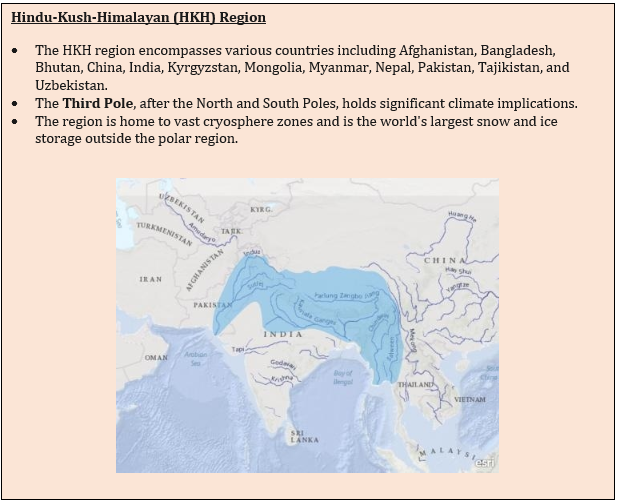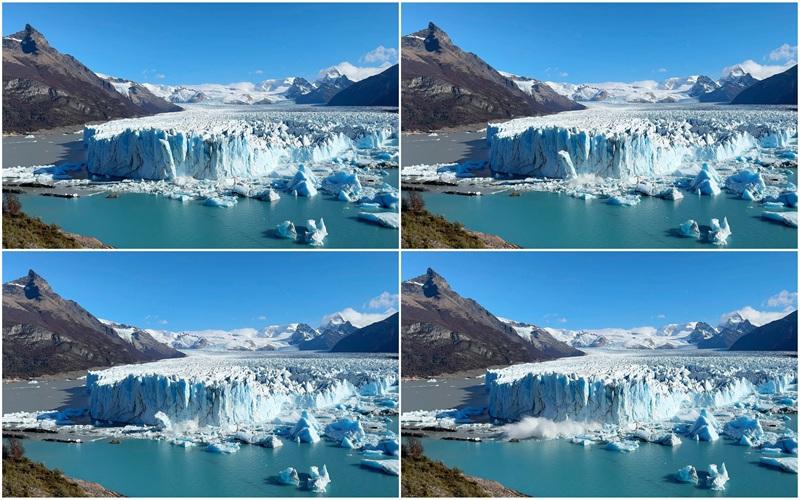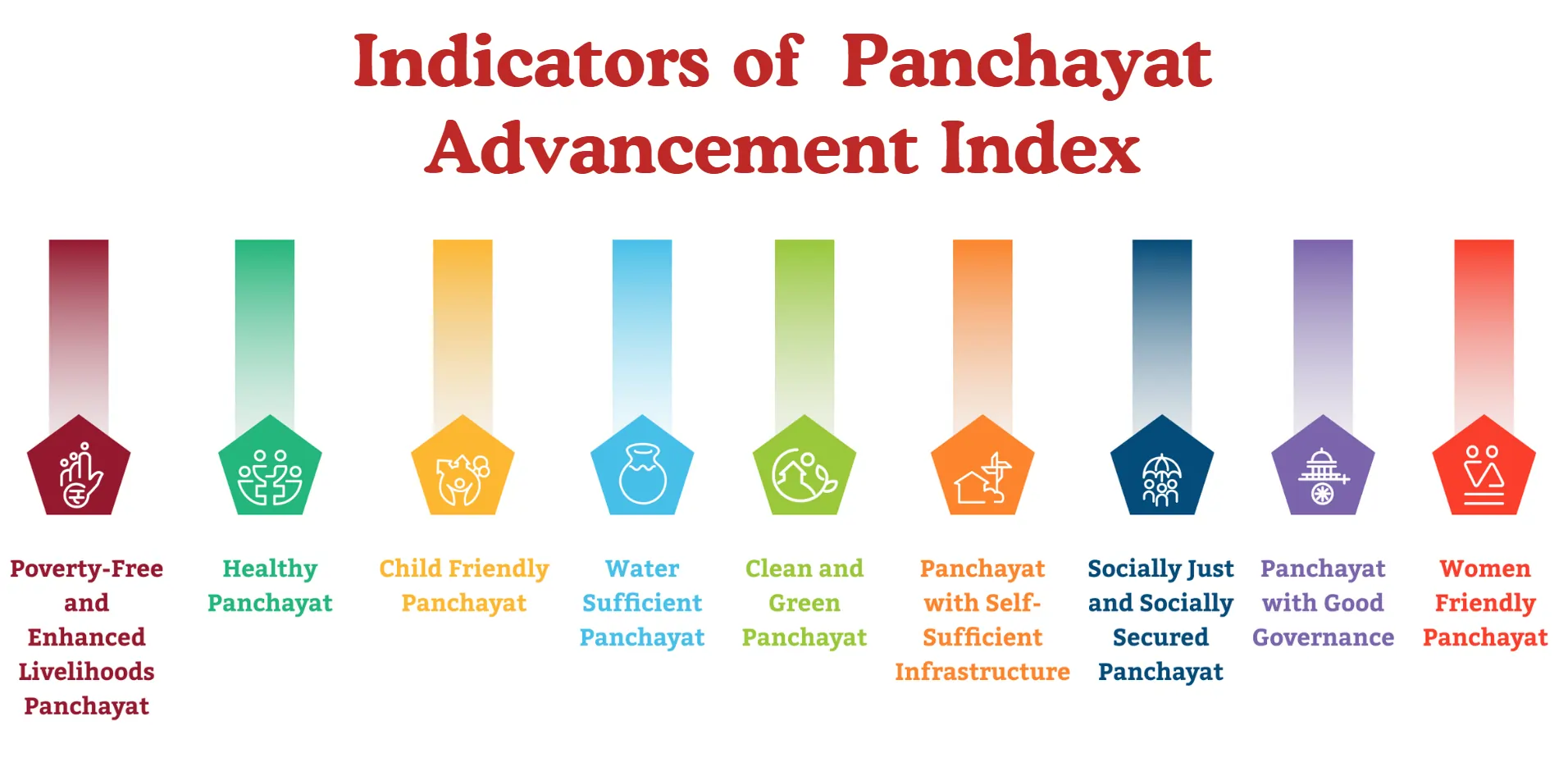- Courses
- GS Full Course 1 Year
- GS Full Course 2 Year
- GS Full Course 3 Year
- GS Full Course Till Selection
- Online Program
- GS Recorded Course
- NCERT (Recorded 500+ Hours)
- Polity Recorded Course
- Geography Recorded Course
- Economy Recorded Course
- AMAC Recorded Course
- Modern India, Post Independence & World History
- Environment Recoded Course
- Governance Recoded Course
- Science & Tech. Recoded Course
- International Relations and Internal Security Recorded Course
- Disaster Management Module Course
- Ethics Recoded Course
- Essay Recoded Course
- Current Affairs Recoded Course
- CSAT
- 5 LAYERED ARJUNA Mentorship
- Public Administration Optional
- ABOUT US
- OUR TOPPERS
- TEST SERIES
- FREE STUDY MATERIAL
- VIDEOS
- CONTACT US
Record spike in aerosol in Hindu Kush region
Record spike in aerosol in Hindu Kush region
13-10-2023
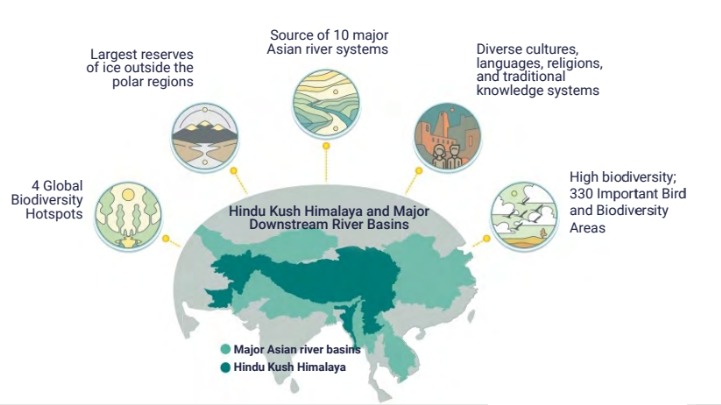
Why in News?
Recently, a study by ISRO highlights elevated levels of aerosols in The Hindu Kush-Himalaya-Tibetan Plateau region causing concerns of increased detrimental impact on Global climate.
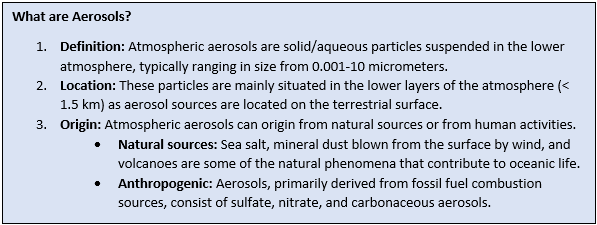
About Study
- Objective: The study used satellite data and simulations to evaluate aerosol properties and Aerosol Radiative Forcing and Efficiency (ARFE), over Hindu Kush Region.
-
- ARFE demonstrates how anthropogenic aerosols impact the total radiation that the Earth and its atmosphere absorb, convert into heat, and re-emit.
-
- Observations:
-
- The ARFE of a site in South and East Asia is 2-4 times higher than other sites in the region.
- Aerosols alone could contribute to over 50% of the total warming in this region.
-
Impact of Aerosols on Climate
- Direct Impact:
- Aerosols scatter or absorb sunlight based on their physical properties, with most reflecting and some absorbing sunlight.
- The impact of an aerosol on light is primarily determined by the composition and color of the particles.
- Pure sulfates and nitrates reflect radiation, cooling the atmosphere, while black carbon absorbs it, warming it but shading the surface.
- Brown carbon, or organic matter, influences the atmosphere's warming due to the ground's brightness, with salt particles reflecting sunlight.
- Aerosols not only scatter or absorb radiation but also alter the planet's reflectivity, or albedo.
- Wildfires and industrial pollution in the Arctic are likely accelerating the melting of ice due to aerosols.
- Indirect Impact:
- Lower atmosphere aerosols can alter cloud particle size, influencing sunlight reflection and absorption, and indirectly impacting Earth's energy budget.
- Aerosols can serve as sites for chemical reactions to occur.
- The most significant reactions are those that result in the destruction of stratospheric ozone.
- Aerosol "indirect effects" typically counteract greenhouse gases on a global scale, causing cooling.
- Aerosols are believed to reduce the size of water droplets in clouds, which is believed to suppress precipitation.
- Aerosols are believed to reduce the size of water droplets in clouds, which is believed to suppress precipitation.
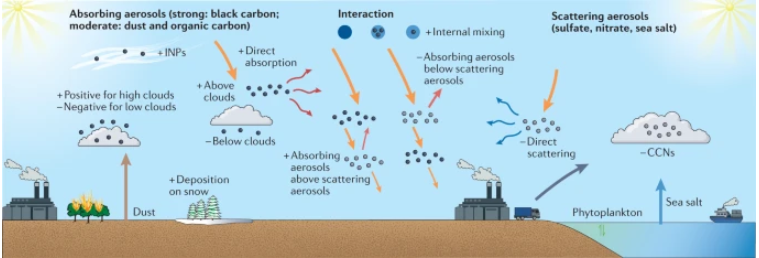
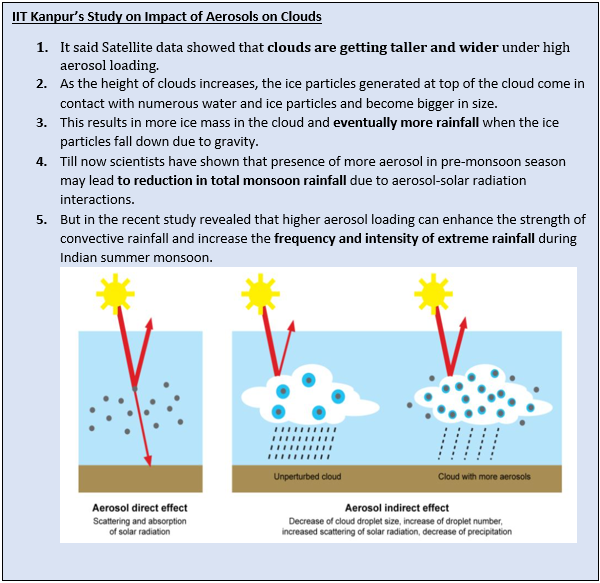
Steps taken By Government
- Leapfrogging from BS-IV to BS-VI standards for vehicles
- Introduction of cleaner gaseous fuels like CNG, LPG etc and ethanol blending;
- Launching of National Air Quality Index (AQI);
- Notification of National Ambient Air Quality Standards and sector-specific emission and effluent standards for industries;
- Notification of graded response action plan for Delhi identifying source wise actions for various levels of air pollution, etc.
Conclusion
A multidimensional approach is need to tackle complex issue like elevated levels of Aerosol, as it requires dealing with other pollution related issues like unchecked industrial aerial discharge which further increases aerosols levels like Black Carbon. Thus, a comprehensive mitigation strategy like National Action Plan for Climate Change (NAPCC) is needed to address the climate related issues in a holistic manner.
